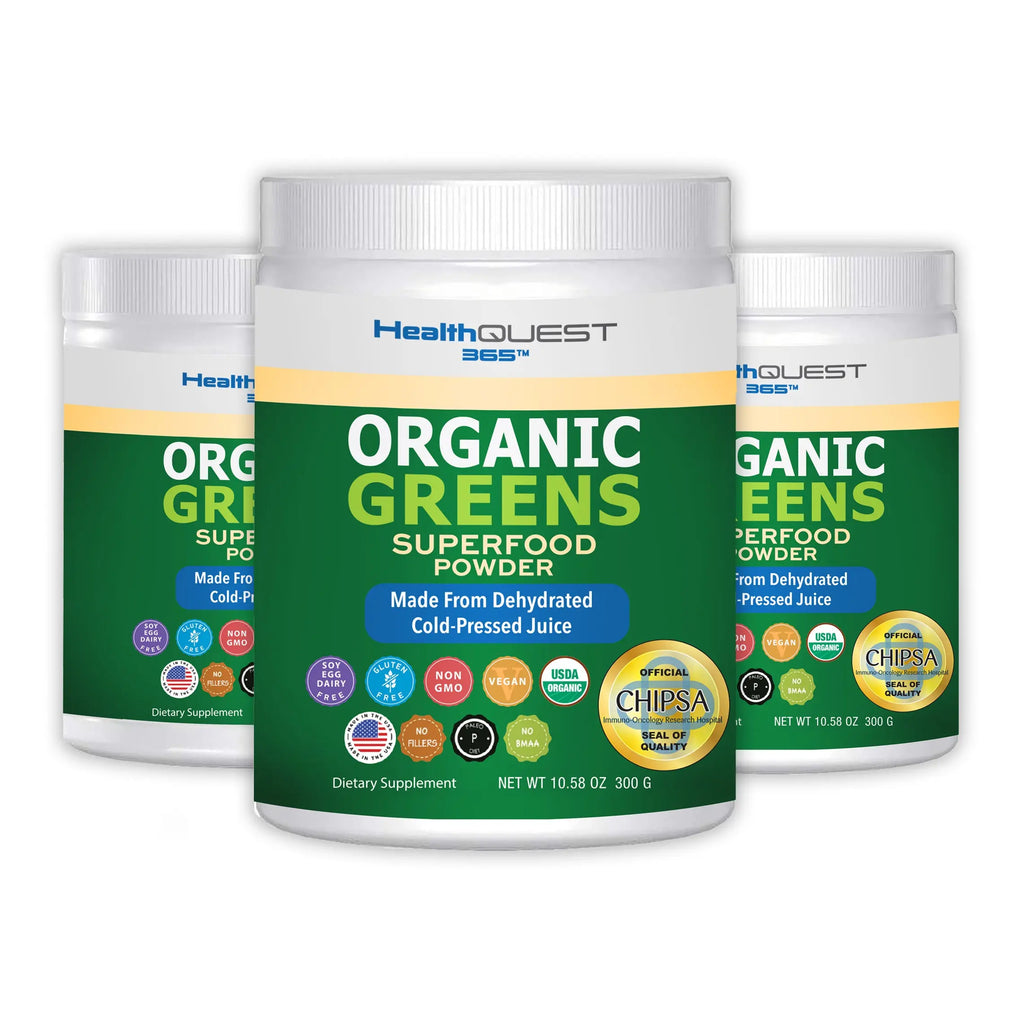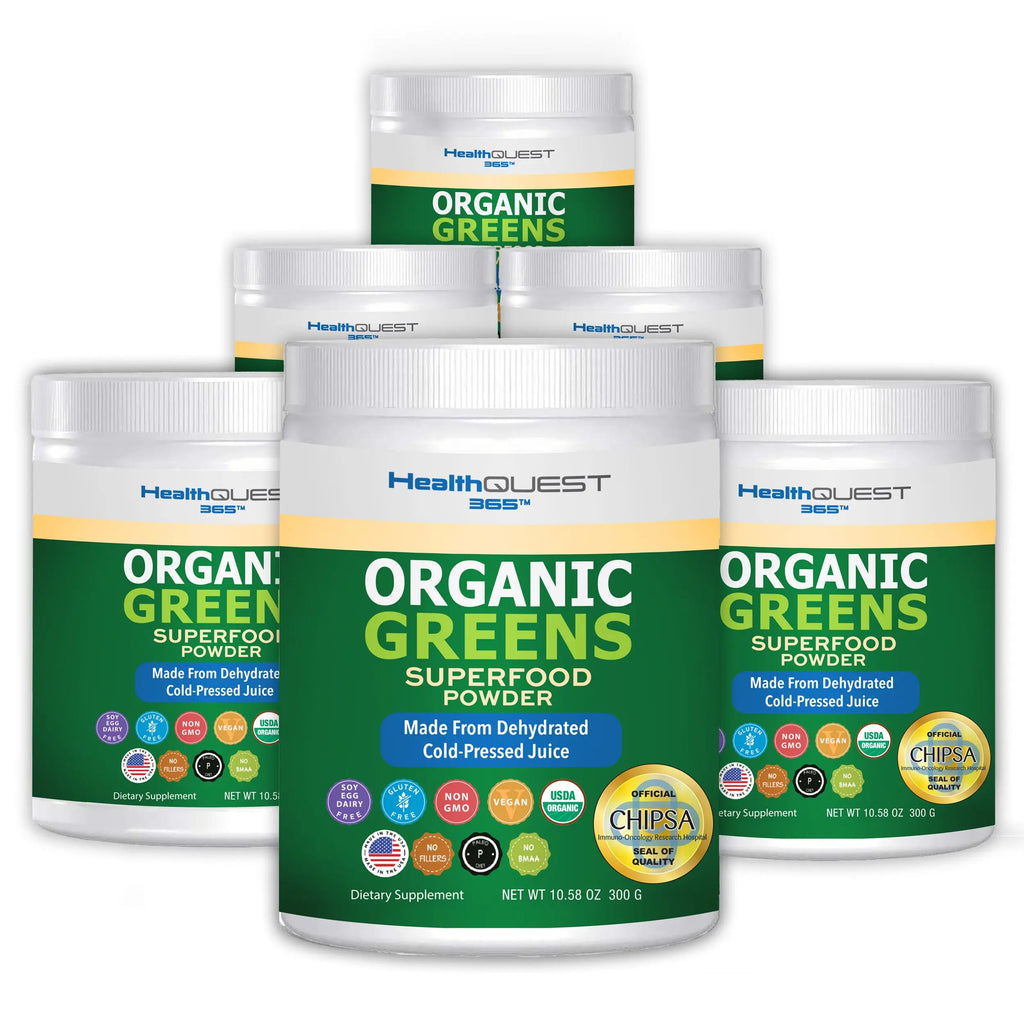It’s about health. It’s about healthy lifestyle. It’s about family™

Cancer Stem Cell Transplant
Cancer is tough, but the good thing is that we've come a long way when it comes to developing cancer treatments. In this article, we'll tell you about stem cell transplant for cancer patients.

WHAT IS CANCER STEM CELL TRANSPLANT ?
Stem cell transplant for cancer is a treatment that uses special cells to replace cancerous cells in the body. The new cells can help the body fight off cancer and restore normal function. Transplants can be done using stem cells from the patient's own body, or from a donor.
Stem cells have the ability to grow and divide into different types of cells in the body. This makes them ideal for cancer treatment, as they can be used to replace cancerous cells with healthy ones. The transplant is performed following radiation therapy or chemotherapy. In those treatments, you lose not only cancerous cells but also healthy ones. A stem cell transplant can help to repopulate the body with healthy cells.
There are two types of stem cells: embryonic stem cells and adult stem cells.
-
Embryonic stem cells can develop into any type of cell in the body.
-
Adult stem cells can develop into some, but not all, types of cells. Most stem cell transplants use adult stem cells. These are usually taken from the bone marrow or blood of a family member or unrelated donor.
The transplant stem cells, or hematopoietic stem cells, can develop into new blood cells, which can help the body fight off infection.
They can also develop into new tissue to replace damaged or destroyed tissue. This can help to improve organ function and reduce the risk of complications from cancer treatment. There are three types of blood cells:
-
Red blood cells carry oxygen to the body's tissues.
-
White blood cells help fight infection.
-
Platelets help the blood to clot.
A stem cell transplant can provide all three types of healthy blood cells, which can replace those lost during cancer treatment.

Give You ALL Our Best Workbooks
Get all the Best Workbooks + Action Guides from our expert
BONE MARROW TRANSPLANT
Stem cell transplant is the same as bone marrow transplant. A stem cell transplant is a procedure to replace damaged or destroyed bone marrow with healthy cells. Bone marrow is the soft tissue inside your bones where blood cells are made.
The decision to have a stem cell transplant for cancer is made by a team of specialists. The team will consider the type and stage of cancer, the patient's age and overall health, and other factors. Transplants are usually done only when other treatments have failed.
TYPES OF STEM CELL TRANSPLANTS FOR CANCER
There are two main types of stem cell transplants: autologous and allogeneic.
AUTOLOGOUS STEM CELL TRANSPLANT
An autologous transplant uses your own stem cells. This is the most common type of transplant. Your doctor removes the stem cells from your blood or bone marrow and stores them. After you've had high-dose chemotherapy or radiation therapy, the stored stem cells are thawed and given back to you through an intravenous (IV) line.
ALLOGENEIC STEM CELL TRANSPLANT
In this transplant, the allogeneic stem cells come from a donor. The donor may be a family member or someone who is not related to the patient. Allogeneic transplants are less common than autologous transplants. The main concern with allogeneic transplant is that the donor cells may attack the patient's body (graft-versus-host disease).
There are also other types of transplants:

UMBILICAL CORD BLOOD TRANSPLANT
There's also the umbilical cord blood transplant, which uses stem cells from a newborn's umbilical cord. The stem cells are collected after the baby is born and stored until needed for a transplant.
SYNGENEIC STEM CELL TRANSPLANT
A syngeneic transplant uses stem cells from an identical twin. This type of transplant is very rare.

HOW CANCER STEM CELLS TRANSPLANT WORKS
Before the transplant, the patient will undergo a process called conditioning. This involves receiving high doses of chemotherapy and/or radiation therapy to destroy the cancerous cells and prepare the body for the transplant. The conditioning regimen can last up to two weeks.
Here's how the stem cell transplants work:
-
The patient is given high doses of chemotherapy and/or radiation therapy to destroy the cancerous cells and prepare the body for the transplant.
-
The patient's stem cells are removed from their body and stored, or harvested from a donor.
-
After the conditioning regimen, the patient receives the transplanted stem cells through an IV line.
-
The stem cells travel to the bone marrow and begin to grow and produce new blood cells.
-
The patient is monitored closely for any complications, such as infection or graft-versus-host disease.
Most patients stay in the hospital for several weeks after the transplant.
BENEFITS
Stem cell transplant is usually recommended for people who have disease like leukemia or lymphoma that has not responded to other treatments, or for people who have relapsed after treatment. The procedure is also sometimes used for other types of cancer, such as multiple myeloma, breast cancer, and ovarian cancer.
The success of stem cell transplant depends on many factors. These include the type of cancer, the patient's age and overall health, and the type of transplant.
A study published in the journal Cells found that autologous transplants are usually successful. The success rate for allogeneic transplants is lower.

FREE "Mystery Gift"?
Let me stay in touch with you via email and as a thank you - get this FREE gift.. Something others paid over $1,000 for.
(True story)
RISKS AND SIDE EFFECTS
Stem cell transplant is a risky procedure. The risks are related to the conditioning regimen and the transplant itself.
Conditioning regimen: The high doses of chemotherapy and/or radiation therapy used in the conditioning regimen can cause serious side effects, such as nausea, vomiting, diarrhea, hair loss, and fatigue. These side effects usually go away after the transplant.
The transplant: There is a risk that the transplanted stem cells will not take hold in the bone marrow, or that they will be rejected by the body. If this happens, the patient will need a second transplant.
There is also a risk of infection after the transplant. The patient may need to stay in the hospital for several weeks to be monitored for any complications.
Graft-versus-host disease is a serious complication that can occur after an allogeneic transplant. This is when the donor cells attack the patient's body. Graft-versus-host disease can be life-threatening.
TO WRAP UP
Cancer is challenging enough on its own, but its treatments can be just as tough. But don't lose hope! Remember that you are not alone, and there are things you can do to help yourself.
For one, you can monitor your diet. A study published in the journal of Annual Review of Nutrition stresses the importance of a healthy nutrition intake during cancer treatment. In line with that, Health Quest 365 brings you Organic Greens 365, a mix of nutritious organic foods. It has the perfect balance of vegetables, fruits, herbs, and other plants, packed in one container.
As always, we wish you the best in your treatment journey.
FREQUENTLY ASKED QUESTIONS
A cancer stem cell transplant involves replacing unhealthy stem cells with healthy ones to restore the immune system and treat certain cancers, such as leukemia and lymphoma.
Unlike solid organ transplants, a cancer stem cell transplant involves infusing stem cells into the bloodstream to replenish the bone marrow and immune system.
Eligibility depends on factors such as the type and stage of cancer, overall health, and response to previous treatments, determined by a healthcare team specialized in cancer care.
Risks include infection, bleeding, graft-versus-host disease (in allogeneic transplants), organ damage, and long-term complications, with side effects varying depending on the type of transplant and individual health.
Recovery varies depending on factors such as the type of transplant, conditioning regimen, and individual health, with some patients experiencing side effects for weeks to months after the procedure.







